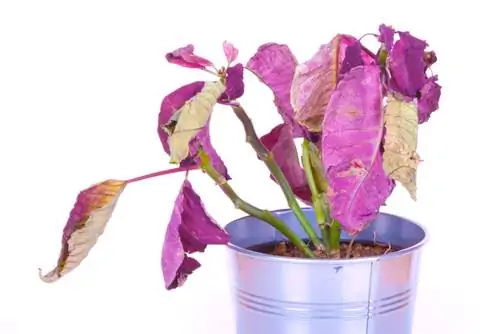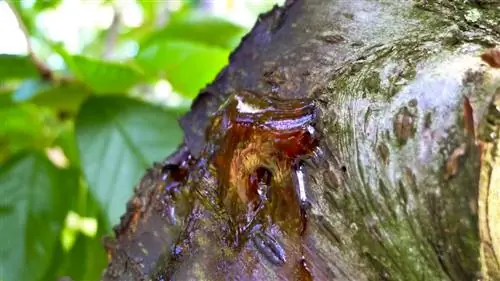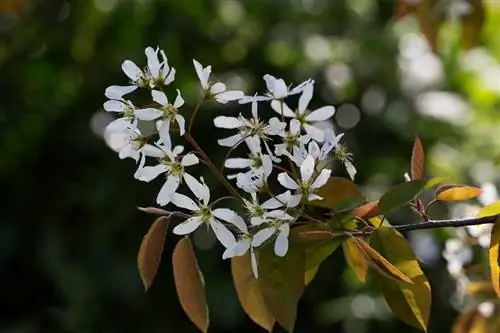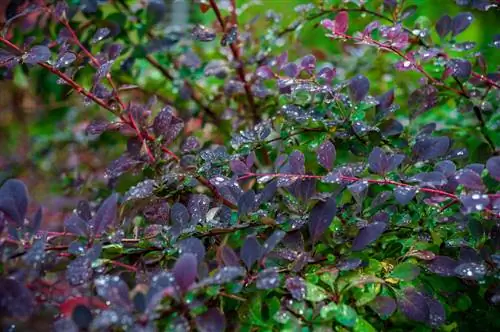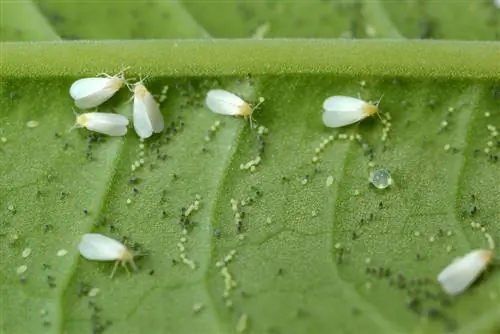- Author admin [email protected].
- Public 2023-12-16 16:46.
- Last modified 2025-01-23 11:20.
The poinsettia is very robust and not very susceptible to disease - provided it is cared for correctly. It is more troubled by pests, which often appear in unfavorable locations. Fight diseases and pests. Tips for prevention.
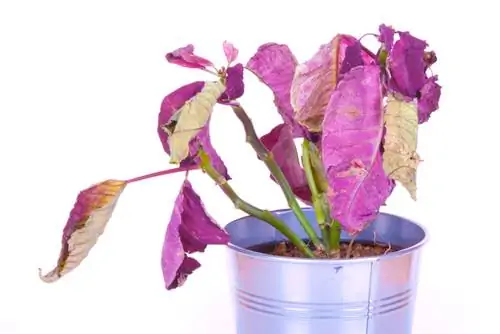
What diseases can occur in poinsettias?
Poinsettia diseases are often due to incorrect care or unfavorable site conditions. Root rot, yellow leaves, and pests such as whiteflies, mealybugs, spider mites, and fungus gnats may occur. Regular inspection, appropriate watering and a suitable location are crucial for the he alth of the plant.
Poinsettia Diseases
Poinsettias are very demanding in terms of care and location. If you care for the shrub properly and grow it in a good place, you will hardly have any problems with diseases.
A big problem is root rot. It occurs when the poinsettia is too moist or even waterlogged. This problem can be avoided by watering correctly. The pot must have a drainage hole and you should pour off excess water immediately.
Why do the leaves turn yellow?
If the poinsettia is too moist, the leaves turn yellow and fall off. Make sure that the pot is only watered when the top layer of soil has dried out.
What pests can occur?
There are some pests that can be dangerous to poinsettias. These include:
- Whiteflies
- mealybugs
- Spider mites
- Sad gnats
Here, too, a favorable location where it is warm, bright and not too dry can have a preventative effect.
Do not place the poinsettia on a window sill under which a heater provides warmth. This causes the air to dry out too much. Air that is too dry is responsible for infestation by spider mites and fungus gnats.
Fighting pests
Check your poinsettia regularly for pest infestation. The sooner you take action, the sooner you will get the damage under control.
Collect the pests. Sometimes it helps to rinse the poinsettia with soft, not too cold water. If the infestation is severe, use lye (€4.00 on Amazon) or a commercially available insecticide. You should simply cut off severely infected shoots.
If the humidity is too low, the plant is too dark or too cool, find a better location. A good way to increase the humidity is to place bowls of water near the poinsettia.
Tip
If placed in the wrong location, the poinsettia will quickly lose its leaves. Drafts and temperatures that are too low are often responsible for this.

